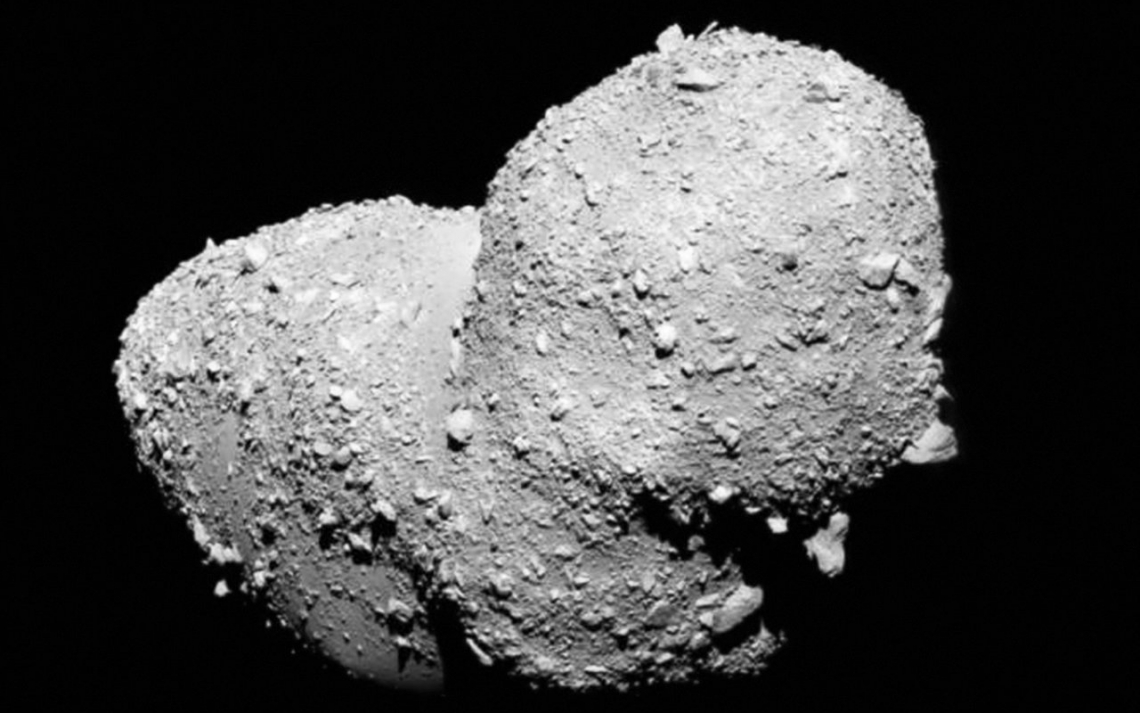The United Nations says that Earth’s ozone layer is on its way to recovering.
An UN-backed panel of experts has estimated that the ozone layer is expected to recover to the 1980 level by 2040, and complete regeneration of the ozone layer is expected by 2066.
The reason for the positive development is the decades of work to get rid of ozone-damaging CFCs
The report shows that banning the chemicals, which include chlorofluorocarbons (CFCs) once widely used in the manufacture of aerosol sprays, blowing agents for foams, air conditioners, and refrigerators, has protected the climate. It helped curb their greenhouse effect on the thin ozone layer that absorbs most of the ultraviolet radiation from the Sun.
What exactly is the ozone hole?
The ozone layer is a thin part of Earth’s atmosphere that absorbs almost all of the sun’s harmful ultraviolet light. It lies approximately 10-25 miles (15-40 km) above the Earth’s surface, in the stratosphere.
When the ozone layer is depleted, this radiation can reach the surface, causing potential harm to humans and other living things.
The environmental disaster we’ve almost fixed is likely due to the Montreal Protocol
The ozone layer began depleting in the 1970s but a gaping hole in the ozone layer was discovered by scientists in 1985.
So, a treaty came into force in 1987 to mend a giant hole in the ozone layer. Called the Montreal Protocol, this international treaty was adopted to phase out the production and consumption of ozone-depleting substances like CFCs.







